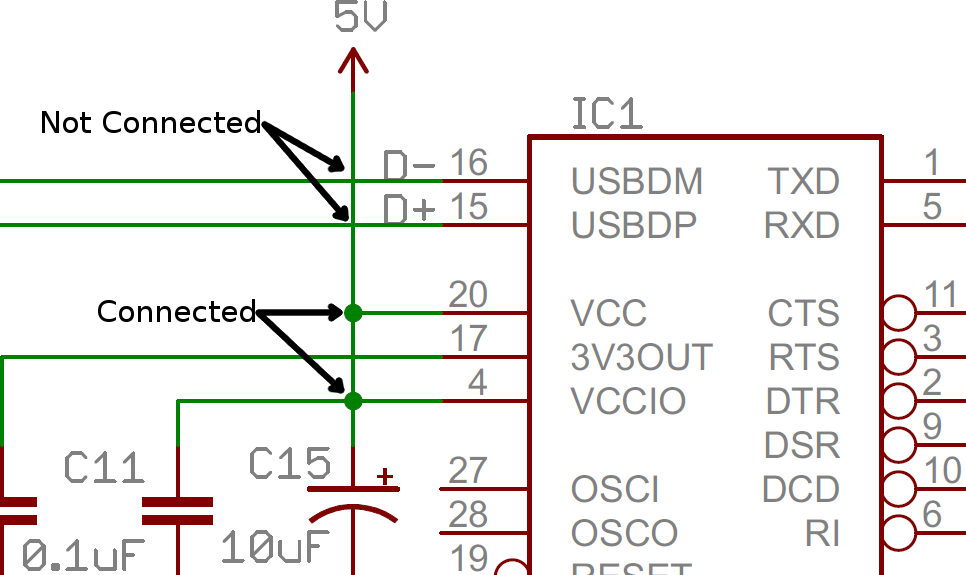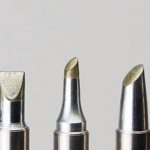
Circuit diagrams provide a visual representation of an electronic circuit using specialized symbols to represent the components and connections. Learning how to read circuit diagrams fluently is essential for anyone studying electronics or working with electronic systems. With some practice, circuit diagrams can be easier to navigate than wordy written descriptions. Here are some tips to improve your circuit diagram reading skills.
Familiarize Yourself with Component Symbols
The first step to reading any circuit diagram is understanding the symbols used to represent each component. Resistors, capacitors, inductors, transistors, diodes, logic gates, and integrated circuits all have their own unique symbols. Learn the difference between vertical and horizontal representations of the same component. Also note how component symbols change slightly between countries and standards organizations. Familiarity with a wide range of symbols will make any circuit diagram easier to decipher.
American scientist Jack Kilby, who invented the integrated circuit, once said “Circuit diagrams need a lot of standardization before you can read them fluently. Like any language, electronics has its own grammar, vocabulary, and syntax that you need to study.”
Follow the Flow of Current
Electrical current flows through a complete circuit from the voltage source to ground. Analyze circuit diagrams by following the path that current takes, starting from the power source. Look for series and parallel branches along the way. Check that current flows through all components in the directions indicated by the component symbols. Make sure there are no gaps or broken connections in the circuit path.
Often it is helpful to trace the circuit with your finger or a pencil to avoid missing any details. Understanding how current flows through the entire circuit is key to grasping how the circuit will function when energized. With some practice, the current flow through diagrams will become more intuitive.
Pay Attention to Connections
The connections between components in a circuit diagram can be just as important as the components themselves. Look for the black dots or colored lines that indicate how each component is connected. Note whether connections meet at junctions, as in parallel circuits, or directly in series. Check for numbered connection points that link to jumpers or external circuits.
Follow each connection to see how it eventually returns to either the power source or ground. Improperly connected components will not function as intended and can even be damaged when power is applied. Trace each connection to confirm the circuit is fully functional before activating it.
Apply Circuit Analysis Techniques
Once you have deciphered a circuit diagram, apply circuit analysis methods to predict how it will actually operate. Use Ohm’s law to calculate voltages, currents, and resistances at different points in the circuit. Identify series and parallel branches and determine how current will flow through each. If possible, calculate the total resistance and load on the power source.
Analyze how the circuit would function if powered with both AC and DC. Consider what the output would be for different types of inputs. Determine how components like transistors, logic gates, or timers control and switch the circuit. Analyzing a circuit diagram thoroughly helps ensure full understanding before actually building or troubleshooting the physical circuit.
With regular practice, reading circuit diagrams will become second nature. Be patient and work to recognize the language of connections and components. Apply circuit analysis techniques to establish a deeper understanding of how each circuit functions. Hone your ability to visualize the flow of current through complex diagrams. The time invested will provide a valuable skill that serves you well as an electronics engineer.














